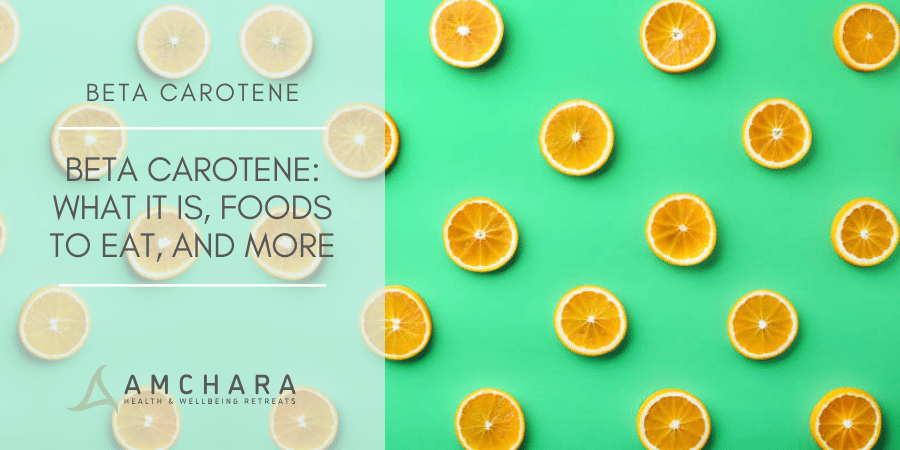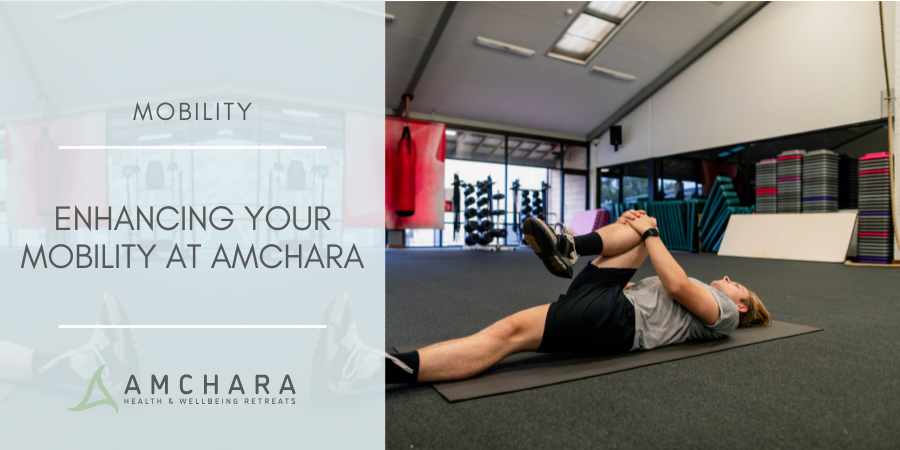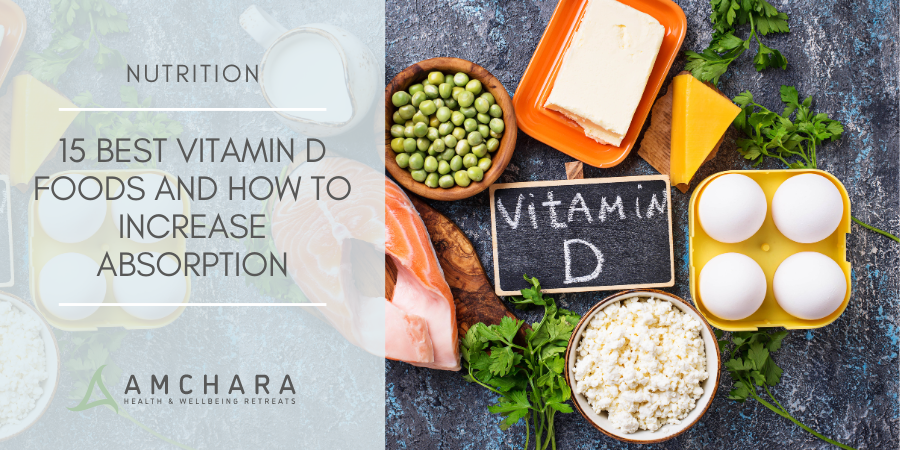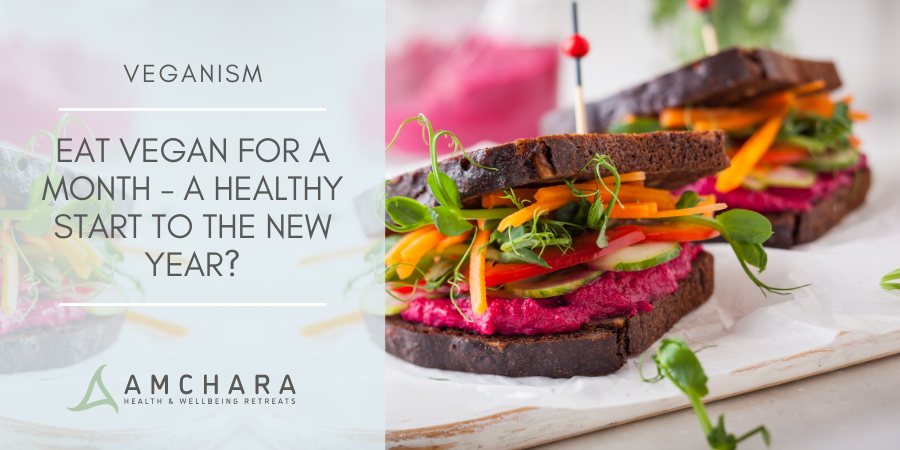So, what is beta-carotene?
Beta-carotene is part of the carotenoid family, a group of pigments found in plants, algae and some bacteria and fungi. We need beta-carotene to be able to make vitamin A in our bodies. There are two different types of vitamin A; one from animal products and one from plants.
|
Sourced from animal products |
Sourced from plants |
|
Retinol, retinaldehyde, retinoic acid, preformed vitamin A |
Carotenes, carotenoids, provitamin A |
Although carotenoids are widespread in nature less than 10% get used as vitamin A. Beta-carotene has one of the highest activity levels hence why we hear about it the most.
What do we need vitamin A for?
Vitamin A plays an important role in many functions within the body:
- Maintains optimal vision and is essential for the formation of a pigment that allows us to see in dim light
- Aids the immune function by working with vitamin D to normalise tolerance of the immune system
- Helps with bone development
- Encourages healthy cellular differentiation and growth by slowing the ageing process
- Supports the reproductive system
- Detoxifies chemicals in the body
- Required for thyroid health as it is needed for the uptake of iodine
What happens when we don’t get enough vitamin A?
Vitamin A has such an important role in tissue maintenance and growth, that if there is not adequate vitamin A available, keratin can be secreted into tissues causing them to become hard, dry and unable to function properly.The result of this can commonly be seen on the backs of the upper arm as raised, red follicles, otherwise known as a condition called hyperkeratosis.Other symptoms that can be due to a lack of vitamin A include; poor wound healing, night blindness, dry eyes and susceptibility to infections.
Are you converting enough beta-carotene to vitamin A?
There is evidence to suggest that even if you are packing in enough orange vegetables and fruits you still might only be converting around 50% of the beta-carotene to vitamin A.This is down to your genetics and having a slightly different version of the gene that is associated with the conversion.As beta-carotene is only converted into vitamin A when it is needed you can keep eating away at those foods rich in the antioxidant, you can also boost your vitamin A with a supplement if low vitamin A conversion is suspected. (Vitamin A can cause toxicity in the body if levels are too high so speak to your Health Practitioner before taking any supplements.)
5 Easy ways to eat Beta-(carotene) this Autumn
You’ve already read how important it is to get enough vitamin A in your diet, so here’s a round up of the top vitamin A foods!
|
Plant |
Animal |
| Carrots | Animal liver |
| Pumpkin | Fish oil |
| Squash | Butter |
| Sweet potato | White fish |
| Red pepper | Eggs |
| Apricots | |
| Kale |
Try this 5 simple cooking tips to get more Beta-carotene
- Try swapping your traditional Sunday roasties for sweet potato ones instead for a beta-carotene boost!
- Use grated squash, sweet potato or pumpkin to thicken soups, stews and casseroles as an alternative to refined flour.
- Beta-carotene is a fat-soluble nutrient and is therefore best absorbed when consumed alongside a fat-rich food. Try adding some coconut oil or grass-fed butter to your baked sweet potato or squash.
- Use the boiled mash from any of the Beta-carotene-r ich vegetables to make healthy brownies.
- Serve up an anti-inflammatory sweet potato hash dish to go with a cooked breakfast or as a side dish for dinner. (See recipe)
Warming Sweet Potato Hash
Serves 2
Ingredients
- 1 large sweet potato grated
- 1 thumb-sized chunk of ginger, grated
- 1 tsp turmeric root, grated or dried powder
- 1 glove of garlic, crushed
- 1 tbsp tamari sauce
- 1 tsp dried chilli flakes, or half a fresh chilli
- 1 tbsp coconut oil
Method
- Heat the coconut oil
- Add all the ingredients to the pan
- Fry for 3-4 mins until the sweet potato has softened.
- Serve as a side dish to any main or as part of a brunch dish with a poached egg on top.




